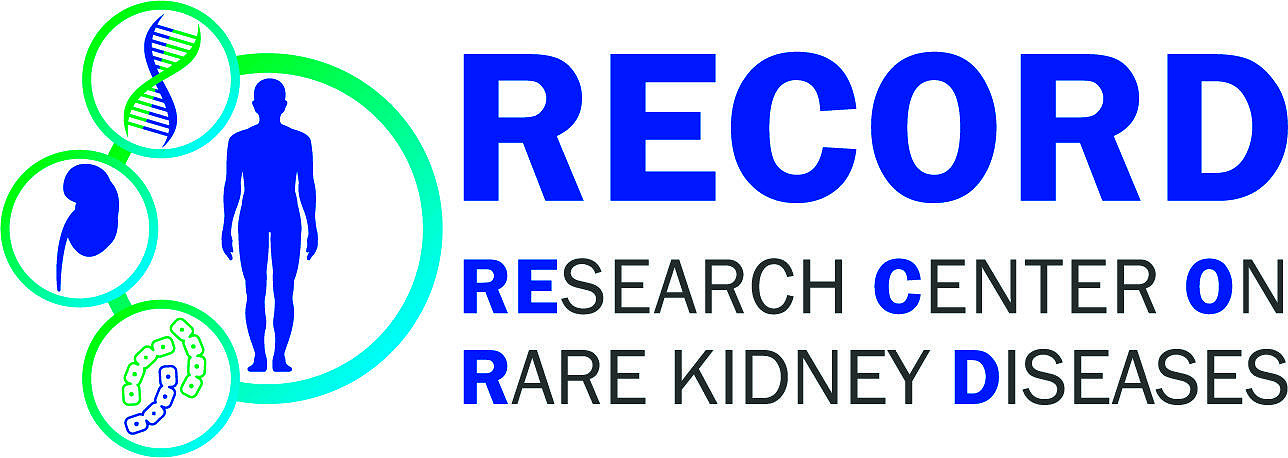 Development of a diagnostic tool to predict clinical outcome in adult patients with nephrotic syndrome using deep learning-based podometrics
Development of a diagnostic tool to predict clinical outcome in adult patients with nephrotic syndrome using deep learning-based podometrics
Wissenschaftliches Arbeitsprogramm (Abstract)
The nephrotic syndrome is a clinical syndrome consisting of proteinuria, hyperlipidemia, edema and hypoalbuminemia. Two diseases commonly presenting with nephrotic syndrome are minimal change disease (MCD) and focal segmental glomerulosclerosis (FSGS), both of which are characterized by podocyte foot process effacement on electron microscopy. Until today only few predictors for long-term outcome and treatment response can be assessed at the time of the diagnosis as the most important prognostic parameter remains clinical treatment response.
In recent years, it has been shown that increasing stages of podocyte loss are associated with adverse renal outcomes in animal models suggesting that podocyte depletion could be a major mechanism driving glomerulosclerosis and progressive loss of renal function and could thus be used as a histopathological predictor for clinical outcome. Importantly, whether or not this concept could be useful in a clinical setting remains unclear.
In this project we plan to combine quantitative podometrics in human kidney biopsies from patients with MCD and FSGS using indirect immunofluorescence and novel deep learning methods with the goal to develop a diagnostic tool that predicts clinical outcome and treatment response.
